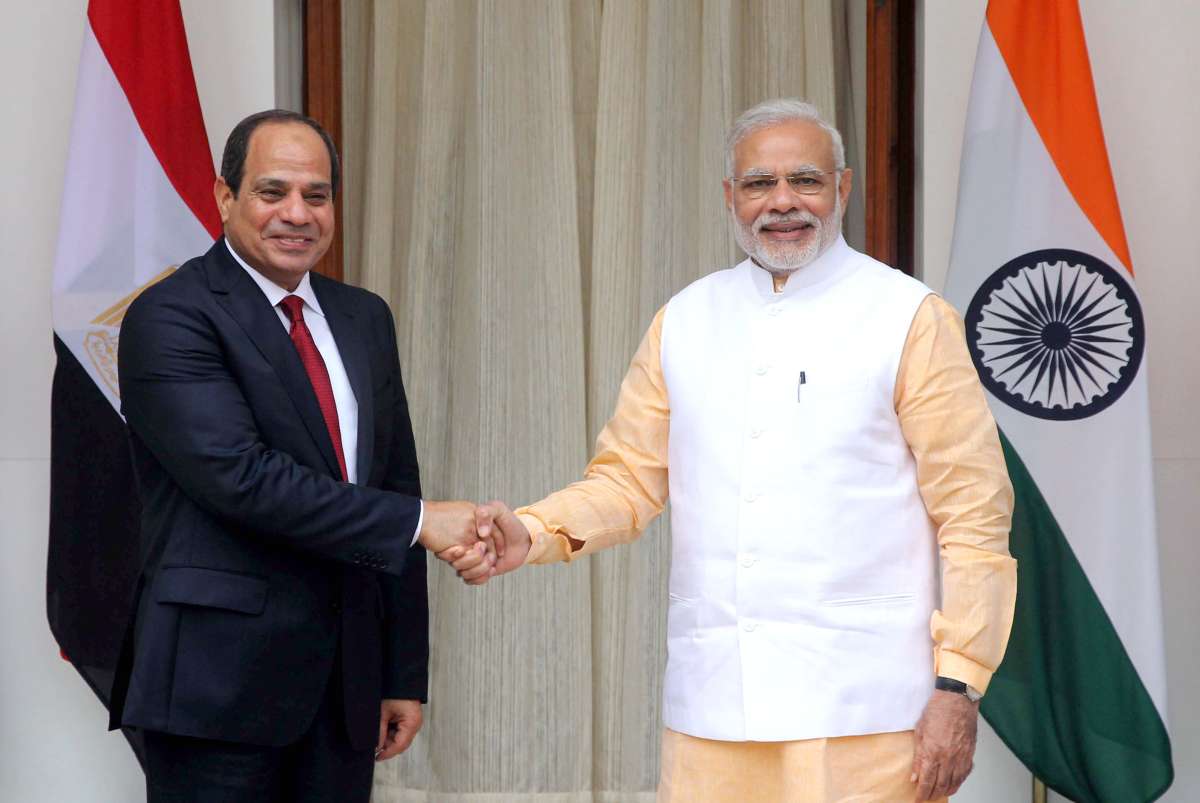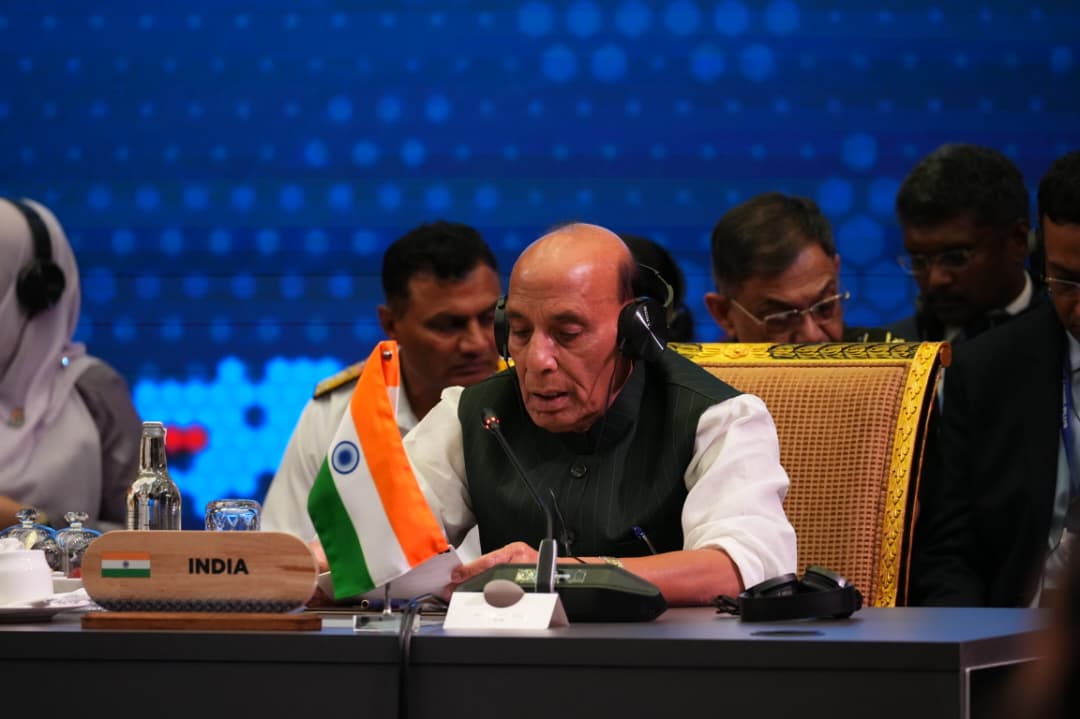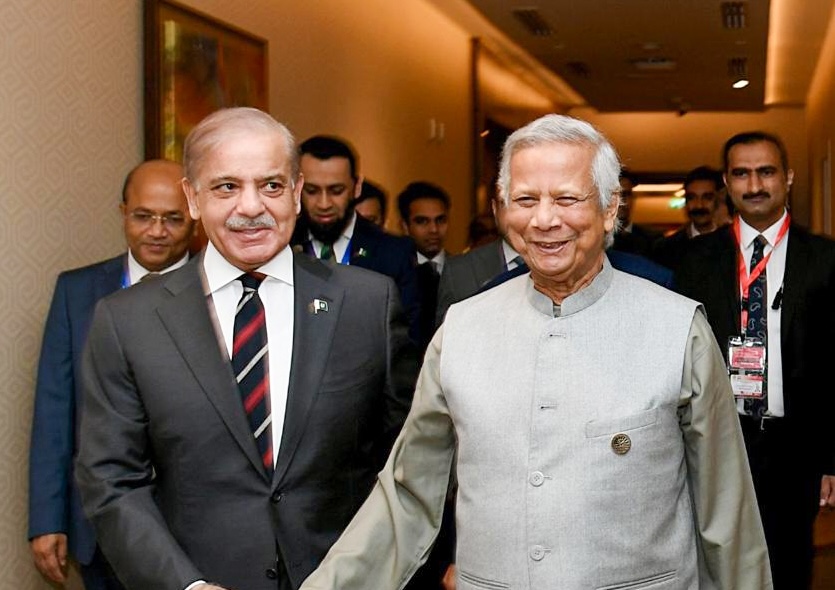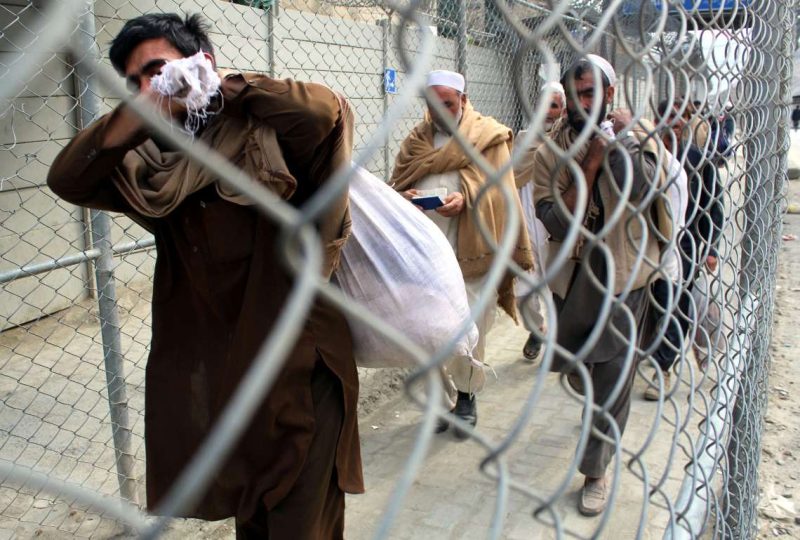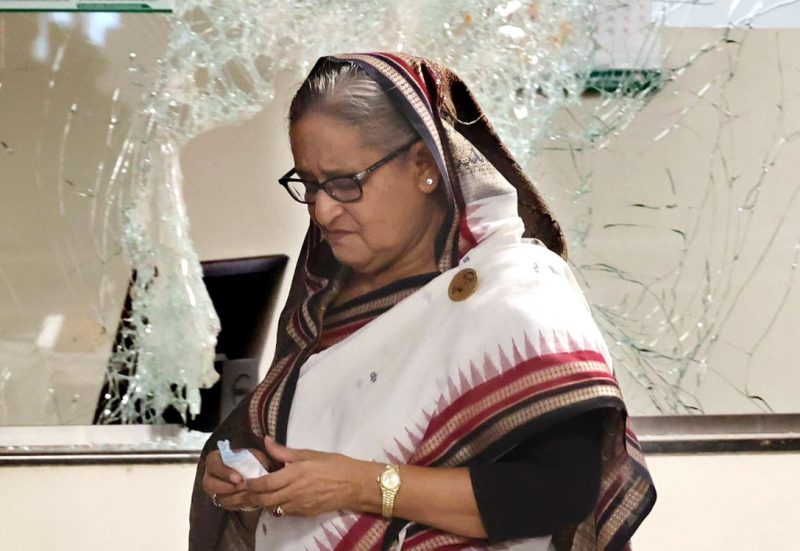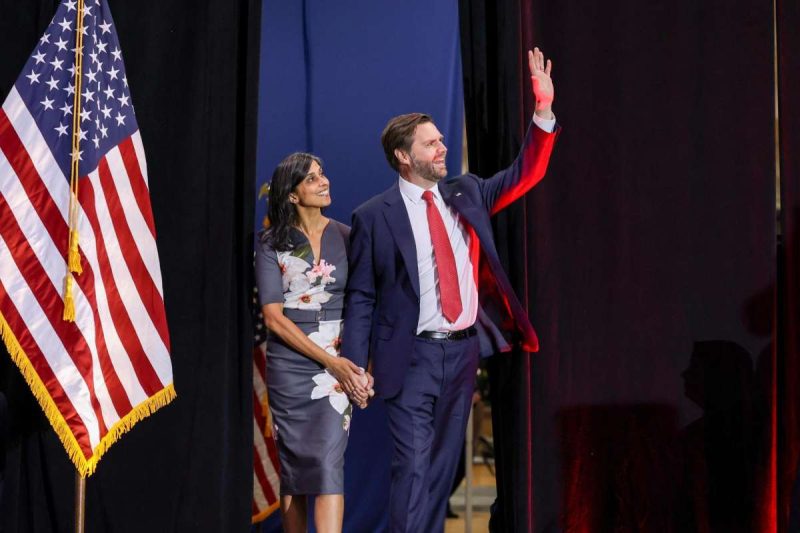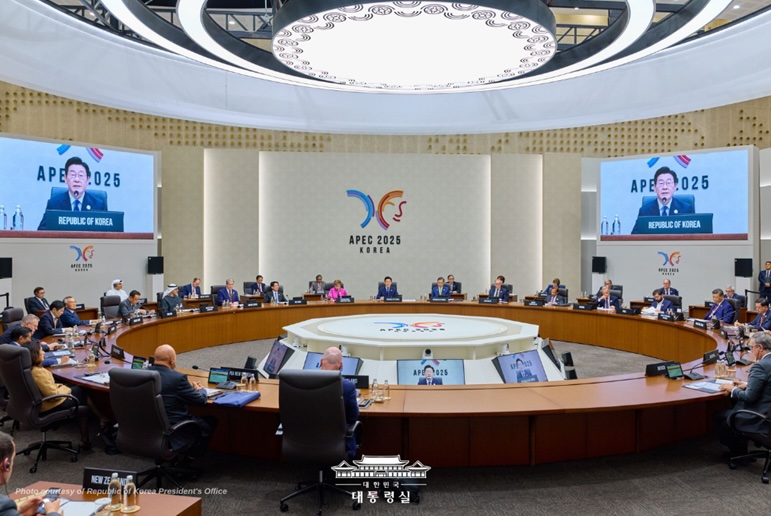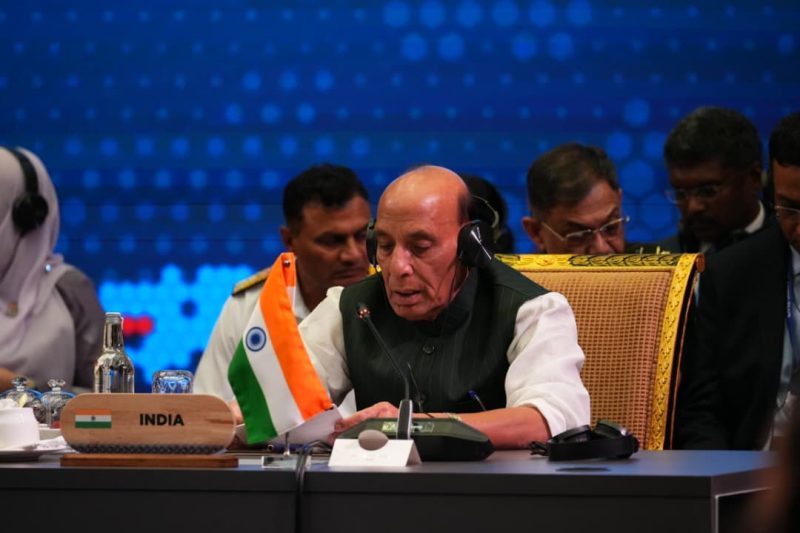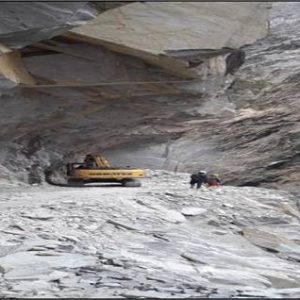In this interview with Aditi Bhaduri, Soliman discusses the upcoming visit of Egyptian President Mohammed El Sisi to India as the Chief Guest for the country’s 2023 Republic Day celebrations and the growing India-Egypt bilateral ties, the implications for the India and the Middle East and North Africa (MENA) region.
Mohammed Soliman is the Director, Strategic Technologies and Cyber Security Programme at the Middle East Institute in Washington. He cemented his status as a strategist and foreign policy thinker when he articulated the case for an Indo-Abrahamic geopolitical framework encompassing India, Israel, and the UAE (and later Egypt, Saudi Arabia and the Gulf states) to create a balance of power in the larger West Asian region. Soliman’s construct was widely embraced by members of the foreign policy community, culminating in Secretary Blinken’s October 2021 meeting with the foreign ministers of India, Israel, and the UAE (officially launching the I2U2 Group).
What are the main drivers of India and Egypt’s collaboration? Why are we suddenly seeing an upswing in bilateral relations?
Soliman: Egypt and India enjoy many strong connections: Both have similar conceptions of national identity and history (being self-proclaimed “civilizational states”), exercise a large degree of regional dominance, and have lofty geopolitical aspirations. However, these commonalities did not yield strong relations since the end of the Cold War, but with the Indo-Abrahamic Framework, we are already starting to see this change. Increased cooperation on key issues such as health, food security, and national and regional security signals both nations’ interest in pursuing further collaboration.
What are the major areas of collaboration?
Soliman: With Egypt attending Republic Day at India’s invitation and further meetings at the Heads of State Summit in Delhi, we can expect many issues to be on the table, including the revival of the Cairo-Delhi axis, the consolidation of West Asia, and the construction of a third pole within international politics. Additionally, diplomatic, economic, and military ties are expected to continue to grow.
What does Cairo-Delhi axis imply and how can growing Egypt-India ties “consolidate West Asia”?
Soliman: West Asia is the convergence of the Middle East and South Asia. However, West Asia does not have a broader political entity to bring states together. As a next step towards institutionalizing this West Asian system, the outer states should be brought together — Egypt and India as the Western and Eastern ends respectively. They can cooperate on everything from trade to joint industrial initiatives and diplomatic and political coordination. This is the strategic case for stronger Egypt-India bilateral relations or the “Cairo-Delhi Axis.”
What exactly do Arab states like Egypt expect or want from India? In other words what can India offer the MENA region?
Soliman: For Arab states, India has been a part of their geopolitical imagination for thousands of years by the virtue of geographic closeness, trade, and people-to-people ties. In addition to history, there is a realpolitik element. As Arab states are becoming more influential on the world stage because of their strong economies and geographic centrality, they are looking for bilateral relations with other powers— chief among them India— that are based on respect and national interests. For Arab capitals, India is a capable nuclear power, on the verge of overtaking China as the world’s most populous nation, and the fifth-largest economy in the world, surpassing that of its British colonizers. This makes India a natural ally during this time of global disorder.
How significant is collaboration in defence between two countries?
Soliman: Egypt and India have had historic defense ties since the 1950s/1960s, when the two countries developed and co-produced fighter jets, in addition to conducting joint military exercises and sharing intelligence. Recently, the two nations have been negotiating the sale of Indian Tejas light combat aircraft to Egypt, which could include production line and technology transfer. While the sale might not come to fruition, I believe it could provide the two nations with the framework for future military co-production, specifically drones, air defense missiles, and armored vehicles. Ultimately, because of Egypt’s dual identity, as an Afro-Arab nation, it could act as an industrial hub for Indian defence products.
What are the trade potentials between the two countries?
Soliman: As Egypt attempts to assert its position as a regional gateway into Africa, India has a congruous strategic interest in expanding into African markets. As both nations maintain a strategic interest in Africa, there is a wide range of opportunities for Egypt and India to cooperate in market expansion in industries such as pharma, and defence.
India is a member of the I2U2 group. Can Egypt be part of it?
Soliman: Absolutely. Egypt is the only state that has institutional and historical relations with each I2U2 state. Not only does Egypt have pre-existing ties to these countries individually, but it could also offer advantages to the group as a whole through its demography, geography, civilizational outlook, military power, and geopolitical aspirations.
We recently observed the first Arab-China summit. How big is China’s footprint in the MENA region?
Soliman: Beijing has a core need for fossil fuels and requires the resources found in the MENA region for its Belt and Road Initiative. Beyond these aspects, Beijing’s relationship with the region is evolving, with tech and infrastructure becoming major potential areas for collaboration. As the world becomes increasingly multipolar, many MENA states will not instinctively look to the US for guidance, but will rather take the side most in line with their national interests. Nevertheless, the US remains a major player in the region, and China’s ties with opposing states, such as Israel and Iran, act as an unintentional countermeasure to overarching Chinese dominance. Beijing seems to be in the region for the long term, but so too is the US. (India Narrative)


